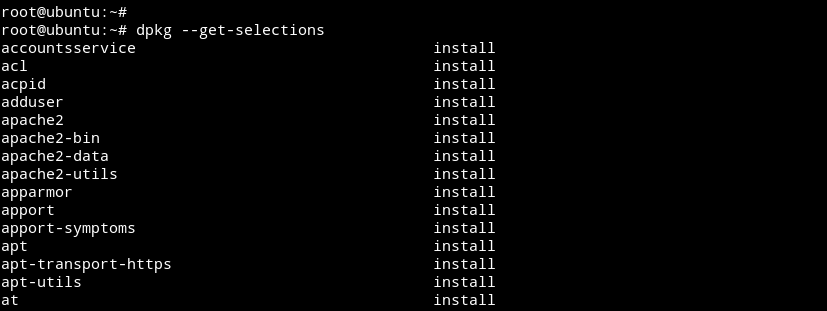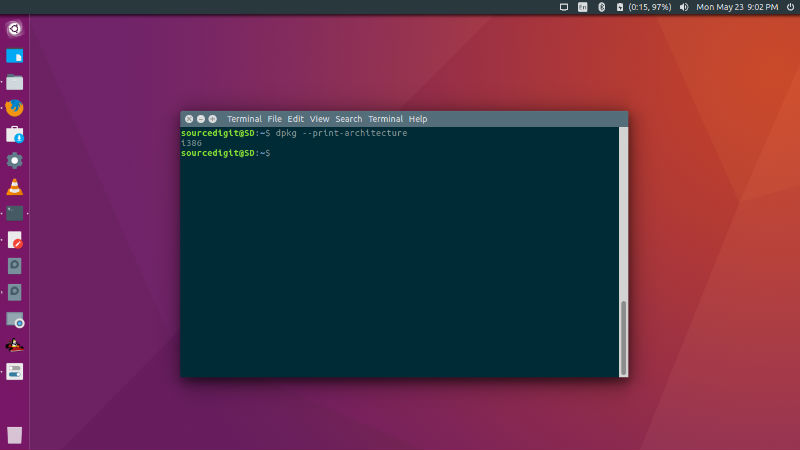
A package that is also in a not-installed state, and with an ok flag will be forgotten in the next database store. we want to remove everything from system directories, even configuration files). The package is selected to be purged (i.e. we want to remove all files, except configuration files). The package is selected for deinstallation (i.e. holdĪ package marked to be on hold is not handled by dpkg, unless forced to do that with option -force-hold. The package is selected for installation. The package is correctly unpacked and configured. The package awaits trigger processing by another package. The package is unpacked and configuration has been started, but not yet completed for some reason. The package is unpacked, but not configured. The installation of the package has been started, but not completed for some reason.


Only the configuration files of the package exist on the system. The package is not installed on your system. These values are intended to be changed mainly with dselect. The information is divided in three classes: states, selection states and flags. Information About Packagesĭpkg maintains some usable information about available packages.

If any such action is encountered dpkg just runs dpkg-deb or dpkg-query with the parameters given to it, but no specific options are currently passed to them, to use any such option the back-ends need to be called directly. The list of supported actions can be found later on in the Actions section. The action-parameter tells dpkg what to do and options control the behavior of the action in some way.ĭpkg can also be used as a front-end to dpkg-deb(1) and dpkg-query(1). dpkg itself is controlled entirely via command line parameters, which consist of exactly one action and zero or more options. The primary and more user-friendly front-end for dpkg is aptitude(1). Descriptionĭpkg is a tool to install, build, remove and manage Debian packages. The descriptions of what dpkg does when installing and removing packages are particularly inadequate.

It should not be used by package maintainers wishing to understand how dpkg will install their packages. This manual is intended for users wishing to understand dpkg's command line options and package states in more detail than that provided by dpkg -help.


 0 kommentar(er)
0 kommentar(er)
